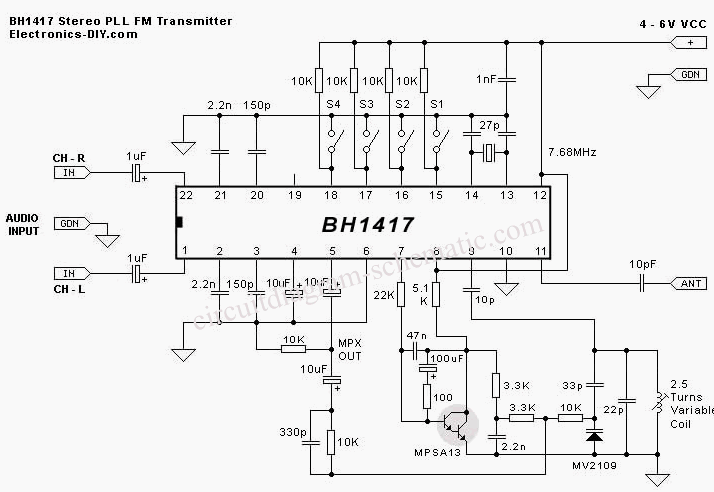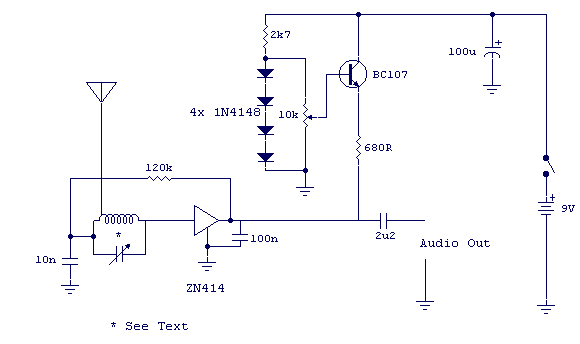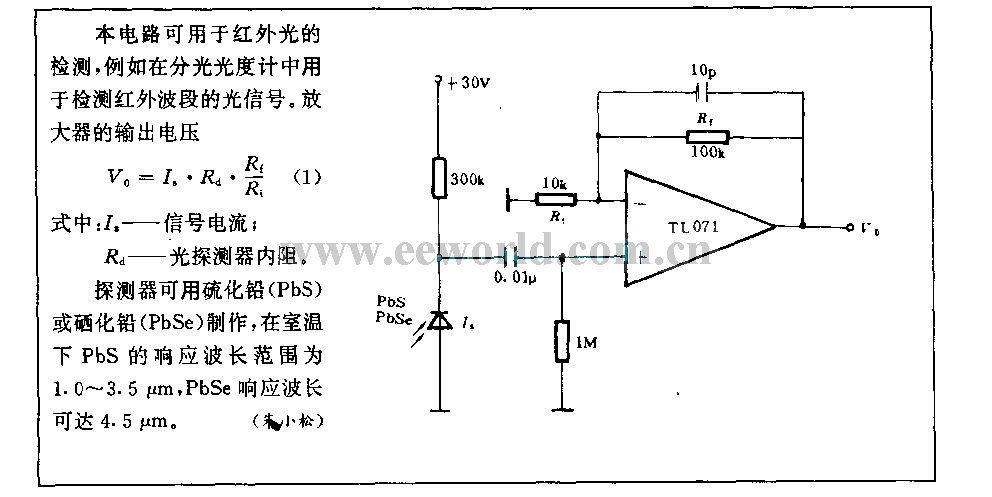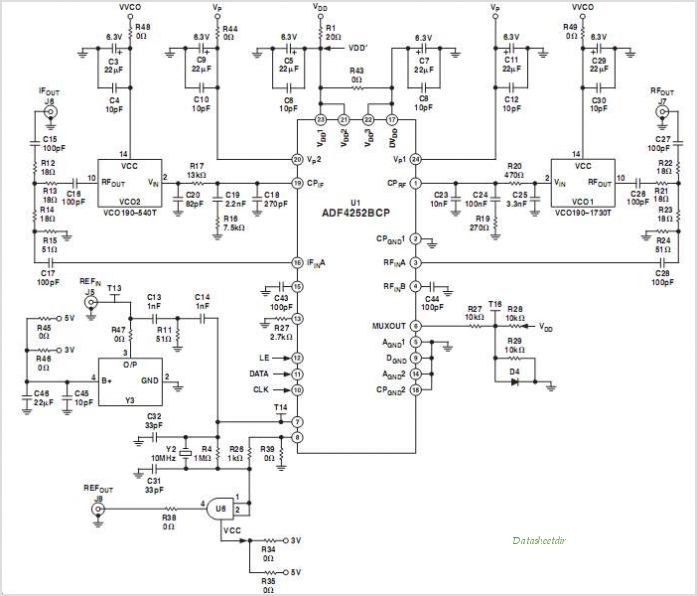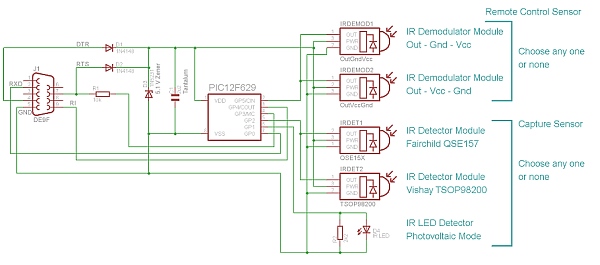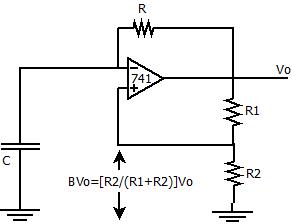
1RE30 DATA TRANSMISSION USING LASER
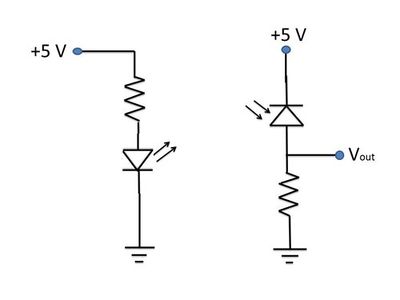
Free-space optical (FSO) communication utilizes light as a medium for data transmission. Communication was established between two computers using a laser, independent of any conventional communication methods. Text messages were sent from one PC to another using a system referred to as Laser Chat Messenger, similar to SMS on mobile devices. Additionally, various file types such as .txt, .png, and .rar were transmitted, akin to Bluetooth file transfers. This approach represents a novel means of free-space optical communication. The data intended for transmission is initially converted into digital format, and the voltage across the laser diode is modulated at specific frequencies to represent binary values (low for 0 and high for 1). A photodiode is employed on the receiving end to detect the voltage variations, synchronized with a clock signal of the same frequency. This method facilitates free-space, line-of-sight, serial data transmission, where the data is transmitted by rapidly blinking the laser and received via the photodiode. The received data is sampled alongside a clock signal matching the frequency of the transmitted data. A significant challenge encountered was identifying a photodiode responsive to the red light emitted by the laser, as most commercially available photodiodes are designed for the infrared region of the light spectrum. The basic circuit was tested by blinking the laser at various frequencies, with the results observed on an oscilloscope. It functioned effectively up to a maximum frequency of approximately 1000000/175. Various circuit configurations were explored, including the use of a Schmitt trigger with LM324 and IC741 operational amplifiers, but the most favorable output was achieved using a logical Schmitt trigger in conjunction with an Arduino on the basic circuit. Initial issues arose due to unexpected noise during data transfer when laptops with differing clock frequencies were utilized; however, this problem was subsequently resolved.
Free-space optical communication presents an innovative method for wireless data transmission by leveraging light as the transmission medium. In this system, the laser diode serves as the transmitter, where data is encoded in the intensity of the light emitted. By varying the voltage applied to the laser diode, it is possible to produce a sequence of light pulses that correspond to the digital data being sent. The photodiode at the receiver end captures these light pulses, converting them back into electrical signals that can be processed by the receiving computer.
The circuit design incorporates a microcontroller, such as an Arduino, which facilitates the modulation of the laser diode and the synchronization of the clock signal. The clock signal is crucial for ensuring that the receiving system accurately samples the incoming data at the correct intervals, thus preventing data corruption. The choice of photodiode is critical; selecting a photodiode that is sensitive to the specific wavelength of the laser light is essential for reliable communication.
The system's performance can be evaluated by observing the output on an oscilloscope, allowing for the analysis of the signal integrity and the effectiveness of the modulation scheme. The maximum frequency at which the system operates effectively can be determined through experimentation, enabling optimization of the data transmission rate.
In summary, this free-space optical communication setup illustrates a practical application of optical technologies for data transfer, showcasing the potential for high-speed wireless communication systems. The integration of microcontrollers and appropriate sensing elements highlights the versatility and adaptability of electronic circuits in modern communication applications.Free-space optical (FSO) communication uses light as a medium to transmit data. We did communication between two computers using laser(without help of any existing means of communication). We sent texts from one PC to other(Laser Chat Messenger) just like what SMS do on mobile. We also sent different types of files(. txt, . png, . rar etc. ) like bluetooth file transfer. Thus now we have new mean of free-space optical communication. We are trying to transmit data via the medium of laser. Basically the data to be transmitted is obtained in digital format and then the voltage is varied with certain frequency across the laser diode according to 1`s or 0`s(low for 0 and high for 1). A photo diode is used to sense the high and low voltage on the receiver side along with a clock of the same frequency.
This is free space, line of sight, serial data transmission method. The data is transmitte by blinking laser and receivd using photo diode at receiver. The received data is sampled along with a clock which has the same frequency as the sent data. The main problem faced was of finding the photodiode that would respond to the red light laser. The most of the photodiodes available in the market respond to the IR-region of spectrum of light. We tested our basic circuit(the one shown in circuit diagram). We blinked the laser at different frequencies and saw its graph on oscilloscope. It was working well upto a max. frequency = 1000000/175. We also tested different circuits, like we used schmitt trigger using LM324 and IC741 opamps. But we got best output using logical schmitt trigger on our basic circuit using arduino. Initially, there occurred unexpected garbage in between the data transfer if laptops with different clock frequencies were used. But the problem was solved later. 🔗 External reference
Free-space optical communication presents an innovative method for wireless data transmission by leveraging light as the transmission medium. In this system, the laser diode serves as the transmitter, where data is encoded in the intensity of the light emitted. By varying the voltage applied to the laser diode, it is possible to produce a sequence of light pulses that correspond to the digital data being sent. The photodiode at the receiver end captures these light pulses, converting them back into electrical signals that can be processed by the receiving computer.
The circuit design incorporates a microcontroller, such as an Arduino, which facilitates the modulation of the laser diode and the synchronization of the clock signal. The clock signal is crucial for ensuring that the receiving system accurately samples the incoming data at the correct intervals, thus preventing data corruption. The choice of photodiode is critical; selecting a photodiode that is sensitive to the specific wavelength of the laser light is essential for reliable communication.
The system's performance can be evaluated by observing the output on an oscilloscope, allowing for the analysis of the signal integrity and the effectiveness of the modulation scheme. The maximum frequency at which the system operates effectively can be determined through experimentation, enabling optimization of the data transmission rate.
In summary, this free-space optical communication setup illustrates a practical application of optical technologies for data transfer, showcasing the potential for high-speed wireless communication systems. The integration of microcontrollers and appropriate sensing elements highlights the versatility and adaptability of electronic circuits in modern communication applications.Free-space optical (FSO) communication uses light as a medium to transmit data. We did communication between two computers using laser(without help of any existing means of communication). We sent texts from one PC to other(Laser Chat Messenger) just like what SMS do on mobile. We also sent different types of files(. txt, . png, . rar etc. ) like bluetooth file transfer. Thus now we have new mean of free-space optical communication. We are trying to transmit data via the medium of laser. Basically the data to be transmitted is obtained in digital format and then the voltage is varied with certain frequency across the laser diode according to 1`s or 0`s(low for 0 and high for 1). A photo diode is used to sense the high and low voltage on the receiver side along with a clock of the same frequency.
This is free space, line of sight, serial data transmission method. The data is transmitte by blinking laser and receivd using photo diode at receiver. The received data is sampled along with a clock which has the same frequency as the sent data. The main problem faced was of finding the photodiode that would respond to the red light laser. The most of the photodiodes available in the market respond to the IR-region of spectrum of light. We tested our basic circuit(the one shown in circuit diagram). We blinked the laser at different frequencies and saw its graph on oscilloscope. It was working well upto a max. frequency = 1000000/175. We also tested different circuits, like we used schmitt trigger using LM324 and IC741 opamps. But we got best output using logical schmitt trigger on our basic circuit using arduino. Initially, there occurred unexpected garbage in between the data transfer if laptops with different clock frequencies were used. But the problem was solved later. 🔗 External reference
